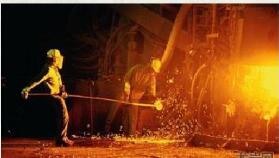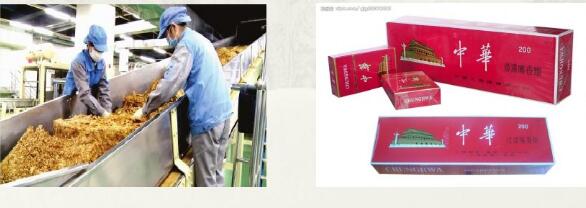After nearly 50 years of development, adaptive control has made remarkable progress both in theory and practical applications. Over the past two decades, with the rapid advancement of computer technology—especially large-scale integrated circuits and powerful chips—it has opened up new possibilities for adaptive control systems. This technique is now widely used in various fields such as aircraft control, deep-space detectors, satellite tracking systems, large tanker navigation, electronic drag, papermaking, metallurgy, chemical processes, cement batching, and even large furnace temperature regulation.
**1. Application of Adaptive Control in Aerospace**
The moment generated by the deflection of a flying body’s control surfaces depends on factors like speed, altitude, and angle of attack. As a result, the system's transfer function changes significantly during flight, making traditional linear control methods less effective. With the increasing performance of modern aircraft and the rise of space exploration, interest in adaptive control within aerospace has grown substantially. Researchers at NASA, such as Gupta Pramod, have explored the use of neural network-based controllers, emphasizing the need for proper monitoring and validation before deployment in critical systems like cruise missiles. Meanwhile, the University of Cincinnati’s Slater GL applied an adaptive approach to enhance aircraft climb performance during takeoff by adjusting thrust based on energy ratios, improving coordination with other aircraft in the air.

**2. Application of Adaptive Control in Process Industry**
Since the 1930s, industrial processes have increasingly relied on automation. Feedback control has evolved from simple proportional control to more intelligent systems. In the last 30 years, adaptive strategies have been widely adopted in process industries, including chemical, papermaking, food processing, metallurgical, steel manufacturing, and machining operations. These systems help manage complex and dynamic environments, ensuring stable and efficient production.

**3. Application of Adaptive Control in the Chemical Industry**
At Dalian University of Technology, Zhang Zhijun implemented adaptive control using multi-layer fuzzy neural networks. By continuously updating fuzzy membership functions and combining BFGS with least squares algorithms for online training, the system improved model accuracy and control performance, effectively handling time-varying conditions and model mismatches.

**4. Application of Adaptive Control in the Steel Industry**
Qi Juxing from Baosteel extended high-speed steady-state adaptive control to strip steel head-to-tail thickness control, reducing tolerance and enhancing product quality and output.

**5. Application of Adaptive Control in the Tobacco Industry**
Moisture content in cut tobacco during cigarette spinning exhibits strong nonlinearity and hysteresis. Conventional PID control struggles to achieve desired results. Experts combined model-free adaptive control with progressive identification to improve moisture control, reducing dry heads and tails and boosting overall quality.

**6. Application of Adaptive Control in Power Systems**
Adaptive control plays a key role in power systems, particularly in boiler steam temperature and pressure control, combustion optimization, and interconnection power generation. Gu Junjie from Northeast Electric Power University applied an adaptive PSD method to reduce lag and uncertainty in steam temperature regulation. At Southeast University, Hu Yiqian used adaptive PID fuzzy control for superheated steam temperature, achieving better results. Harbin Institute of Technology researchers developed a fuzzy adaptive PI controller for gas turbines, improving their performance and ease of use.

**7. Application of Adaptive Control in Environmental and Biomedical Fields**
In water treatment, raw water quality fluctuates seasonally, affecting unit consumption. Ye Qingming from Shenzhen Qingquan Water System Engineering developed an adaptive drug delivery device that learns optimal dosing rules based on water quality. In clinical medicine, adaptive control is rapidly advancing. Roger W. Jell at USC used Bayesian-based adaptive control to regulate gentamicin levels. Additionally, Tsinghua University’s Hao Zhixiu and Shen Yongsheng created a pseudo-hand grip device that allows amputees to feel real limb feedback through myoelectric prosthetics.

Diamond Saw Blade Labeling Machine
Diamond Saw Blade Labeling Machine,Saw Blade Labeling Machine,Labeling Machine For Saw Blade,Customized Labeling Machine
Suzhou Mountain Industrial Control Equipment Co., Ltd , https://www.szmountain.com
